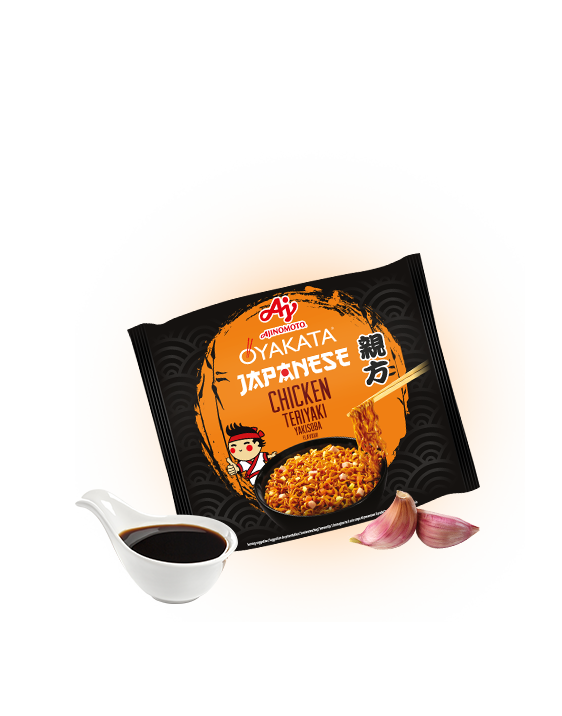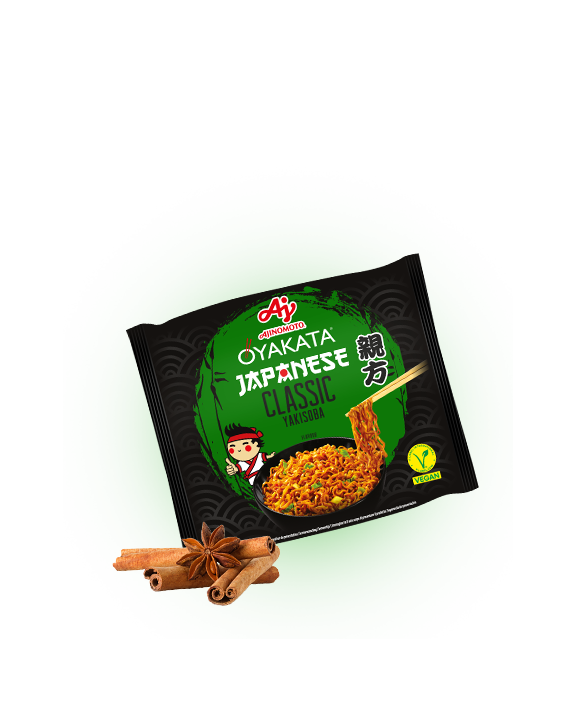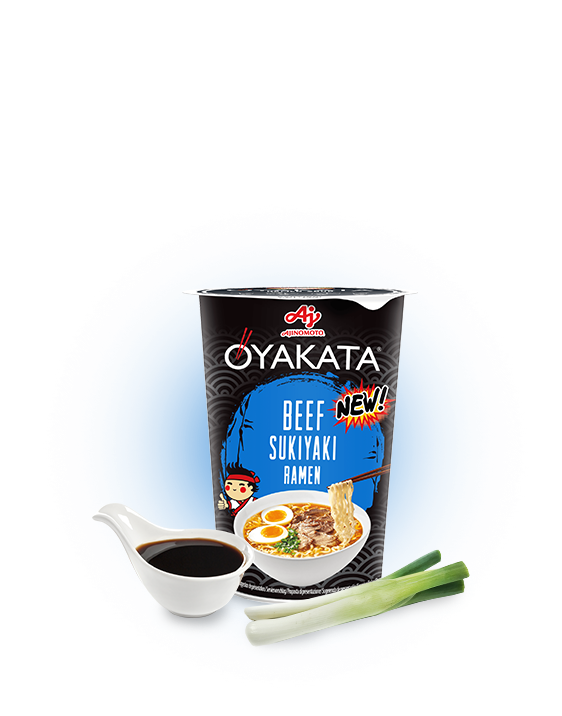

OSAKA’S MOST POPULAR MUSEUMS WORTH VISITING
CUPNOODLES Museum – a museum of instant soups in Osaka
The firs instant soup was made in Osaka, which is why the city is a home to the CUPNOODLES Museum. In addition to being able to try almost any flavour of noodle soup, you may also enjoy the incredible noodle-related exhibitions and attractions.
The CUPNOODLES Museum has a colourful several-metre high wall exhibition of instant noodles. It presents the boxes of various dishes from all over the world. A walk through the Chicken Ramen tunnel, with 800 products from that series, is also an interesting experience. It shows the tremendous impact that series had on the global eating culture.
Besides, the museum has an innovative way of presenting the history of the whole industry in terms of the manufacture of instant-type dishes. You can see a replica of the world’s first factory of Japanese soups. Furthermore, you can create your individual noodle cup and prepare chicken ramen in replicas of local factories. While visiting the CUPNOODLES Museum, go to the noodle theatre that screens anecdotes about instant-type dishes.
Aquarium Kaiyukan in Osaka
Aquariums may not be museums per se, but the one in Osaka deserves special attention. It is one of the most spectacular aquariums in the whole Japan. By thoroughly copying the natural environment of aquatic creatures and due to cutting edge technologies, the place offers an incredible virtual journey across the Pacific, presenting the history and the inhabitants of the ocean. Osaka Aquarium Kaiyuan (海遊館) is a home for almost 30,000 creatures representing 620 species.
It has 15 large tanks that reflect every region of the Pacific. You can see the ice-covered Antarctic or various species of sharks, whales, dolphins, jellyfish and other enchanting creatures in a huge tank of a capacity of almost 5,500 tonnes of water. Besides, if you are lucky, you may encounter exciting animal training sessions.
Time travel with Konjyakukan – Osaka Museum of Housing and Living
Konjyakukan (大阪くらしの今昔館) presents the life in Osaka in the Edo period. It is a place that takes you on a journey back in time. Strolling among the exhibitions, you can take a breather from the city buzz. In Japan, the Edo period meant the development of craft, commerce and cities. The museum has a broad collection of tools, artefacts, figurines and decorations from the past which you have most likely never seen before. The most fascinating exhibits, though, are the meticulously crafted models of the former districts and residences. They were created not only in miniature versions but also at life sizes so the visitors can experience the life of the past.
Osaka Museum of History
Unlike Konjyakukan, the Osaka Museum of History (大阪歴史博物館) offers a comprehensive overview of history. It does not focus only on the Edo period. Floors 7 to 10 present the permanent exhibition. At the entrance to the top floor, which presents a partial reconstruction of the Daikokuden, the visitors are greeted by a sculpture of an imperial court lady. The exhibition uses various props, figures and projections to depict the former court life of Japan.
By taking the escalator down to the 9th floor, you can go back to the end of the Azuchi-Momoyama period and the beginning of the Edo period. This is why the entrance is guarded by Lord Nobunaga Oda – one of Japan’s greatest leaders and one of the three unifiers of the country. The exhibition also includes miniature cities built at a scale of 1:20. The main theme of the 9th floor is Osaka as the Water City in the Edo period. It helps explore the city not only from land…
The 8th floor is an archaeological excavation replica. You can learn a lot of exciting facts about excavations and archaeology. It is an excellent place for children and teenagers. They can attend workshops and projects and explore the past of the humanity based on the remains in the ground. The 7th floor is the 20th century modern Osaka from the periods of Taishō and early Shōwa. Lively streets, crowded crossings and sophisticated clothes are the elements perfectly depicting the last century Japan.
Immerse yourself in the concrete jungle
Although Osaka may at first seem raw and crowded, contrasting with the colourful Tokio, it has plenty of exciting places you can explore. The museums are most certainly some of them. There are plenty of exhibitions devoted to the historical architecture of the city, even though its present shape only loosely alludes to Japanese past traditions in this respect.


















